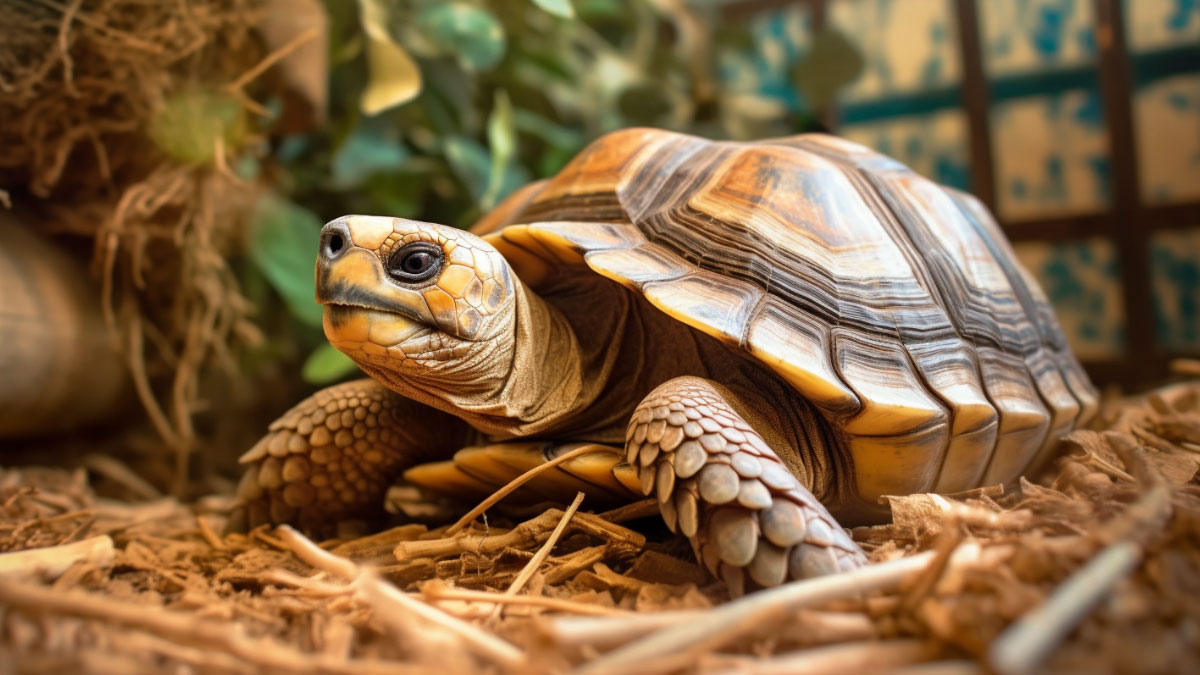How To Build A Tortoise Enclosure? A Complete Guide
Improper enclosure conditions like size, temperature, humidity, and lighting may cause stress and health issues in tortoises. If you own a pet tortoise, you must fulfill the conditions while making an enclosure or pen.
So how to build a tortoise enclosure? Maintain proper space, and add flooring, borders, hides, water dishes, basking area, etc. Besides, provide UVB lights, a 30°-32°C heater, and a humidifier that maintains 50%-80% humidity in indoor enclosures.
Throughout this article, we will enlighten you about considerations while building tortoise pens and which type is better. Hence, keep reading!
How To Build A Tortoise Enclosure?
Contents
The main goal while making an enclosure for your pet is to make it similar to its natural habitat. Here is a guideline for making your task of building an enclosure easier.
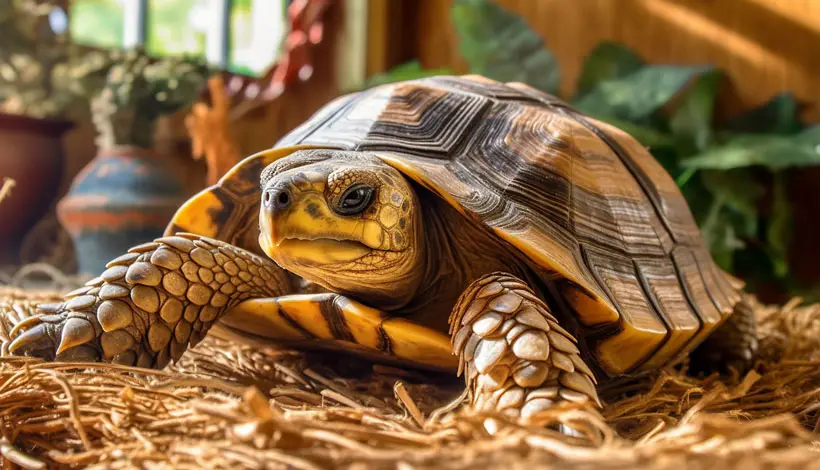
1. Pick Suitable Location
Choose an outdoor area that gets both shade and sunlight throughout the day. In the case of indoor enclosures, you need to choose a place that isn’t exposed to any hazardous fumes or gasses.
Also, don’t select any noisy areas for making or placing their outdoor or indoor enclosures. The reason is excessive noise can make your pet stressed.
2. Provide Appropriate Size
The size of the enclosure should be adequate for their roaming, and the larger the space, the better it will be.
But you must provide space with width and length at least 6x the width and length of your tortoise. And the sides of the pens should be at least 12 inches taller than your pet’s height.
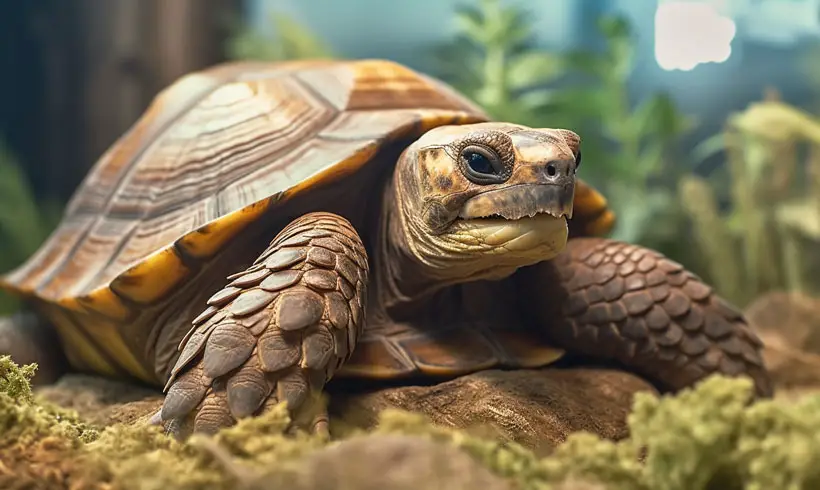
3. Make Escape-Free Borders
Whether the enclosure is indoor or outdoor, you must always build a sturdy boundary wall. And to make the surrounding wall, you can use bricks, wood planks, and chicken wire.
For outdoor pens, ensure that you have extended the wall undergrounds. The reason is tortoises can dig and can get out of the wall through underground digging.
4. Proper Flooring
This is important if you make an indoor or outdoor enclosure using tubs or boxes. The main goal here is to provide flooring that matches their natural habitats.
Hence, you must pour soil, sand, mulches, or repti-bark into their pens. Also, ensure the soil you use as flooring materials are pesticide-free and sterile. Likewise, the flooring depth is enough so they can dig into it whenever they want.

The most familiar substrates for their enclosures are:
- Topsoil
- Repti bark
- Orchid bark
- Cypress mulches
- Coconut coir
- Coconut husk chips
- Play sand
- Soil-sand mixture
- Wood chips
- Peat Mosses, etc.
After layering substrates, you need to add a few pebbles, large stones, or moss to their enclosure.
5. Provide Hides
For a smaller tortoise pen, one hide will be enough. On the other hand, if the space is larger, you may need to provide multiple hides.
They enter those hides to escape from extreme weather, temperature, and predators. Also, ensure the hide is spacious enough for your pet reptile to enter cozily. Generally, you can use wooden planks or bricks for making the shelter.
6. Provide Water And Food Dish
Sometimes, you can give them leafy vegetables on their basking stones so that they can eat while basking. But we always prefer providing an extra food bowl for them.
In the case of a water dish, you must ensure that it is just enough for them. Make sure to put pebbles around and into the water dish or water source so they don’t get drowned.
7. Plant Small Plants
You can plant small leafy plants inside the outdoor enclosures to give tortoises a natural vibe. But make sure those plants are not toxic and are edible for your pets.
In the case of indoor ones, you can add fake plants near their hides or water dish. This will also be one of the hides for them.
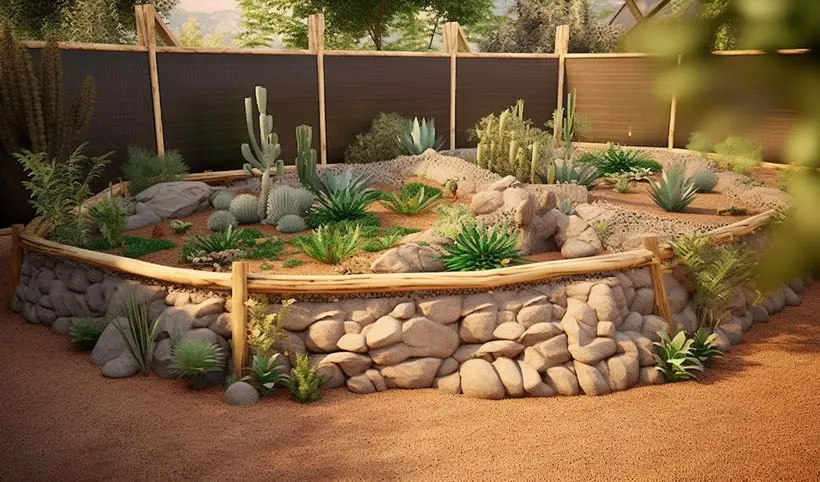
8. Add Exercising Elements
Though tortoises aren’t too active, they still like a few light exercises. Hence, you can provide them with climbs, stairs, branches, and logs so that they can climb. This will stimulate their mental health.
Moreover, adding tunnel and multi-stage hides can also be a good choice.
9. Maintain Appropriate Lighting
Though you won’t need to stress over providing lights in outdoor pens, you must provide a light source in the indoor ones. Generally, they need the UV rays to metabolize calcium in their body.
So, provide UVB light in their enclosure and keep it on for at least 12-14 hrs daily. This will maintain the day-night cycles even in their indoor place.
10. Provide Appropriate Temperature And Humidity
You must provide a heating element in one corner of the indoor enclosure. In general, the temperature near the heater should be at least 30°-33°C.
At a distance from the heater, the temperature will be lower. Thus, your pet will get the option to move to any corner according to its preferences.
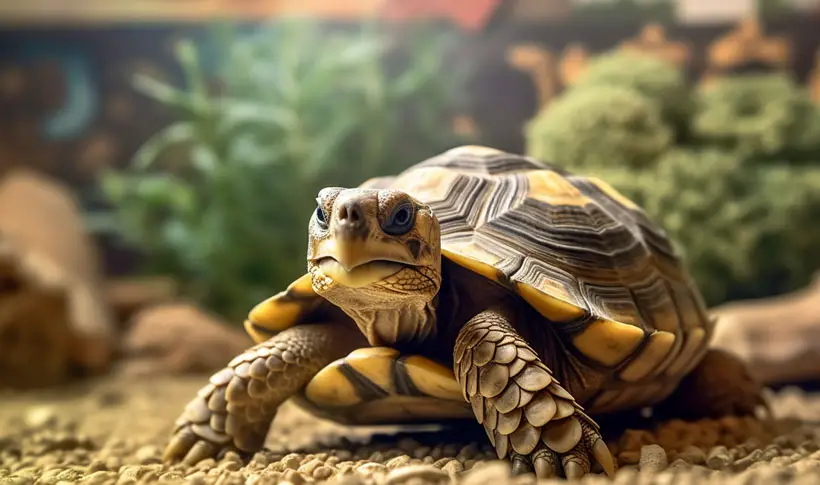
Also, the humidity requirements of tortoises may vary with their species. In general, they prefer humidity around 50%-80%. To maintain this humidity, use a humidifier inside their enclosures.
11. Regular Maintenance
You need to keep monitoring the pen regularly. Also, ensure the temperature and lighting elements are working properly.
Again, you need to clean their leftover foods, feces, or urate daily. Still, you may need to replace the substrate of the indoor enclosures every month. Yet, for the outdoor ones, replacing it 2-3 times a year is enough.
Besides, ensure the water dish isn’t empty; clean and refill it when you see it’s empty.
Now, to visualize the whole procedure of making a tortoise enclosure, you can check this YouTube video:
Whether Indoor Or Outdoor Enclosure Is Better?
This will depend on the type of your tortoise and the place you live. Most of the tortoises need warm weather for their survival. If you want to know which type of enclosure will be better for them, you need to know their pros and cons.
Outdoor Enclosures
Let’s see the pros and cons of outdoor pens:
Pros
The advantages of outdoor pens are:
- Outdoor pens can provide an environment close to their natural habitats.
- They will also get proper sunlight and heat for their survival there.
- It won’t require any additional heating or lighting elements.
Cons
Outdoor pens also consist some drawbacks, like:
- There is a high risk of predation of your pet tortoise if you don’t secure the pen using chicken wires.
- You may need to take your pet indoors if the temperature falls excessively.
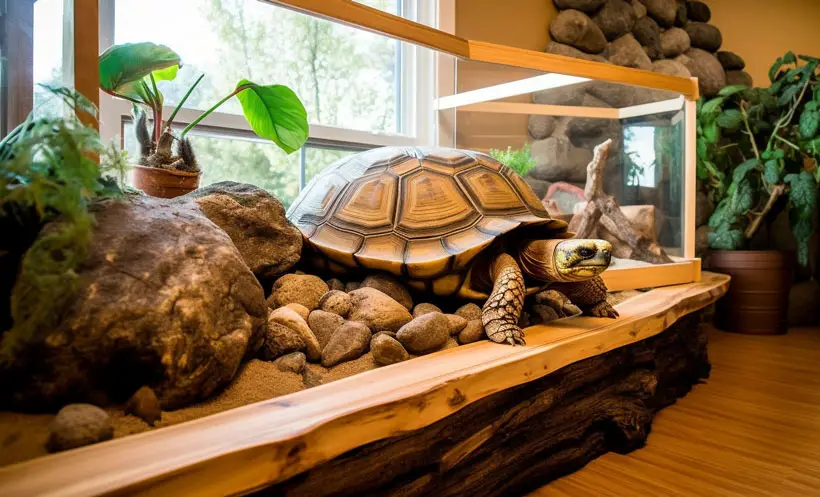
Indoor Enclosure
Let’s find out the pros and cons of indoor enclosures:
Pros
Here are the pros of the indoor enclosures:
- When you are living in a cold country, it’s impossible to provide warm outdoor housing for them. In this case, you can build an indoor enclosure, providing adequate temperature for your pet.
- In the case of indoor enclosures, there is also a lower risk of their being prey to predator birds.
- Also, less unlikely they can escape from their indoor housing.
Cons
Here are some drawbacks of the indoor enclosures:
- Sometimes, the odor can form and spread on the interior of your house from the tortoise indoor accommodations.
- You need to provide a heater and UVB light, which will increase the electricity bill.
Overall, we recommend making indoor and outdoor housing for your pet reptiles. Let them stay in their outdoor enclosures and take them in when the temperature falls significantly. Generally, below 10°C, the tortoise will be more likely to hibernate.
FAQs
In this FAQs section, we will answer a few familiar questions about the tortoise enclosure.
Depending on the size and type of the enclosure, it may cost around $70-$400 to build and provide amenities. Yet, on average, the cost of building a tortoise enclosure of optimum is approximately $100-$150.
You can, but you need to keep monitoring them. Generally, male tortoises tend to get involved in territory fights with each other. Also, some female tortoises can get stressed in the presence of other male tortoises.
We don’t recommend doing so as it restricts the airflow. Typically, tortoises are not habitual to living in wholly closed environments and places with inadequate ventilation.
Conclusion
Making proper housing for tortoises can be challenging as you need to maintain an environment close to their natural habitats. We have already discussed how to build a tortoise enclosure to ease your task. The basic thing you must consider is the proper place and size of their housing.
In the case of outdoor ones, cover their enclosures with chicken wires to save them from predator birds. Yet, you don’t need any UVB lights in the outdoor pen. Contrarily, in indoor ones, you must add UVB lights and heaters; thus, you can also control the temperature.

